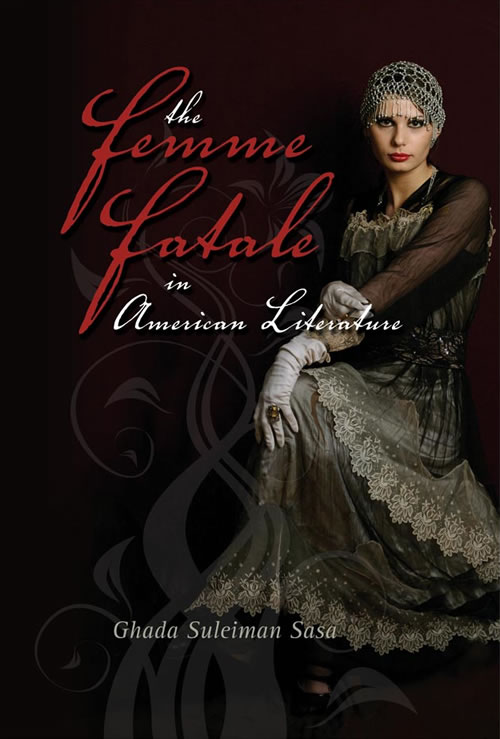The Cry of Black Rage in African American Literature from Frederick Douglass to Richard WrightPosted in Books, Literary/Artistic Criticism, Media Archive, Monographs, United States on 2015-12-22 04:26Z by Steven |
The Cry of Black Rage in African American Literature from Frederick Douglass to Richard Wright
Edwin Mellen Press
2013
176 pages
ISBN10: 0-7734-4077-1; ISBN13: 978-0-7734-4077-7
Steven Troy Moore, Assistant Professor of Language and Literature
Abilene Christian University, Abilene Texas
This book examines the contrasting experiences of black rage that is exhibited in the writings of male and female African American authors. It boldly captures the compelling theme of the white silence and the black rage that battled each other from the early days of slavery up to the pre-Civil Rights Movement. It exposes the birth of black rage and the African American experience through such writers as Frederick Douglass and Harriet Ann Jacobs. Next, it gives a painful glimpse into the complicated experience of the biracial in the post-Reconstruction era through the eyes of Charles Chesnutt and Nella Larsen. Finally, this study concludes with an astounding view of the modern state of black rage through the controversial writings of Richard Wright and Ann Petry. Currently, many studies present a one-dimensional analysis of black rage; however, this book provides a comprehensive examination of this phenomenon. From the viewpoint of African American authors, it traces the gender differences of black rage that span one hundred years and includes valuable insights from such brilliant scholars as bell hooks, Cornel West, Barbara Christian, Martha J. Cutter, Deborah E. McDowell, and James Baldwin.
Table of Contents
- Foreword by Maureen Honey
- Preface
- Acknowledgements
- “Get Over It”
- Chapter 1: Examining a Century of Silence and Rage in African American Literature, 1865-1946
- Introduction
- Literature Review
- The Duality of Frederick Douglass and Harriet Ann Jacobs
- The Biracial Worlds of Charles Chesnutt and Nella Larsen
- Richard Wright’s Explosive Rage
- Chapter 2: Silent Trees: Personal Reflections on Silence and Rage
- The Silence
- Silence and Rage
- Mark
- Blackness: Silence and Identity
- Words from bell hooks, Martin Luther King Jr., and Malcolm X
- Chapter 3: Witnessing the Birth of Black Rage in Frederick Douglass’s Narrative of the Life of Frederick Douglass, an American Slave (1845) and Harriet Ann Jacob’s Incidents in the Life of a Slave Girl (1861)
- The Enduring Pain of Slavery
- The Autobiographical Rage of Frederick Douglass
- Impotent Rage
- Black Female Rage in Jacob’s Incidents in the Life of a Slave Girl
- The Slave Girl and the Sexual Predator
- The Female Slave’s Alternative Retribution
- Lasting Blow: The Lingering Influences of Slavery
- Chapter 4: The Phenomenon of Biracial Rage in Charles Chesnutt’s The House Behind the Cedars (1900) and Nella Larsen’s Quicksand (1928) and Passing (1929)
- The Biracial Identity
- The White Mask in The House Behind Cedars Chesnutt’s Biracial Female
- Black Female Rage in Nella Larsen’s Quicksand A Place to Belong: Location and Helga’s Biracial Identity
- The Biracial Female in Passing Differed Rage
- Chapter 5: Exploring the Explosive Urban Rage in Richard Wright’s Native Son (1940) and Ann Petry’s The Street (1946)
- Brutal Clarity
- “Like a Red-Hot Iron”: Bigger Thomas’s Burning Rage
- The White Cat and the Black Rat
- Native Son’s Perpetuating Rage
- The Furious Hell of Ann Petry’s The Street
- The White Heaven: Petry’s Contrasting Spaces
- The White Ideal and the Black Other
- Blackness and Claustrophobic Spaces
- Explosive Black Female Rage
- Bibliography
- Index
